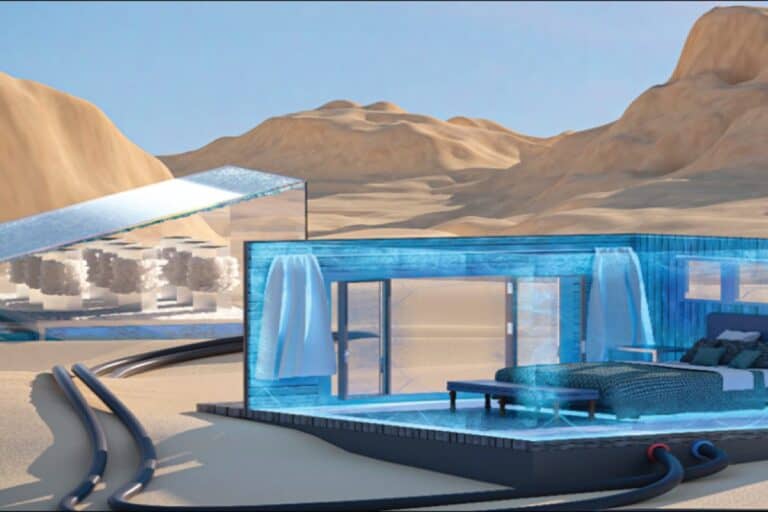Electricity Free Cooling System
This is a promising upcoming technology that can save us electricity costs in cooling our house and offices here in the Philippines. There are many parts of the world that lack infrastructure, but that gets a lot of sunlight … which makes buildings uncomfortably hot. A new system could help, as it uses a combination […] The post Electricity Free Cooling System appeared first on Business Ideas - NegosyoIdeas.

This is a promising upcoming technology that can save us electricity costs in cooling our house and offices here in the Philippines. There are many parts of the world that lack infrastructure, but that gets a lot of sunlight … which makes buildings uncomfortably hot. A new system could help, as it uses a combination of sunlight and saltwater – but no electricity – to produce a cooling effect.
Currently being developed at Saudi Arabia’s King Abdullah University of Science and Technology (KAUST), the experimental setup takes advantage of a natural “phase-change” phenomenon in which energy is absorbed as salt crystals dissolve within the water. This means that if salt is added to warm water, that water rapidly cools as the salt dissolves.
After some experimentation with different types of salt, it was found that one known as ammonium nitrate worked best. Mainly because it’s highly water-soluble, its cooling power is four times greater than that of the next-best salt, ammonium chloride. As an added bonus, ammonium nitrate is already widely utilized in fertilizer and is quite inexpensive.
Besides its use in cooling systems for buildings, the system could also be utilized to refrigerate food. In lab tests, water with added ammonium nitrate was placed in a metal cup, which was in turn put inside a sealed polystyrene foam box. As the salt dissolved and the water-cooled, the temperature of the cup dropped from room temperature (about 25 ºC/77 ºF) to 3.6 ºC (38 ºF) within approximately 20 minutes. It proceeded to stay below 15 ºC (59 ºF) for over 15 hours.
After some experimentation with different types of salt, it was found that one known as ammonium nitrate worked best. Mainly because it’s highly water-soluble, its cooling power is four times greater than that of the next-best salt, ammonium chloride. As an added bonus, ammonium nitrate is already widely utilized in fertilizer and is quite inexpensive.
Besides its use in cooling systems for buildings, the system could also be utilized to refrigerate food. In lab tests, water with added ammonium nitrate was placed in a metal cup, which was in turn put inside a sealed polystyrene foam box. As the salt dissolved and the water-cooled, the temperature of the cup dropped from room temperature (about 25 ºC/77 ºF) to 3.6 ºC (38 ºF) within approximately 20 minutes. It proceeded to stay below 15 ºC (59 ºF) for over 15 hours.
Additionally, once all of the salt had dissolved, solar heat was used to evaporate the water. The salt was left behind in the form of crystals that formed on the cup – those crystals could then be collected and reused in the cooling system. And while allowing water to evaporate in parched, arid environments might seem wasteful, most of that water could be reclaimed and reused if solar still was utilized.
A paper on the research, which was led by Prof. Peng Wang, was recently published in the journal Energy and Environmental Science.
The post Electricity Free Cooling System appeared first on Business Ideas - NegosyoIdeas.














